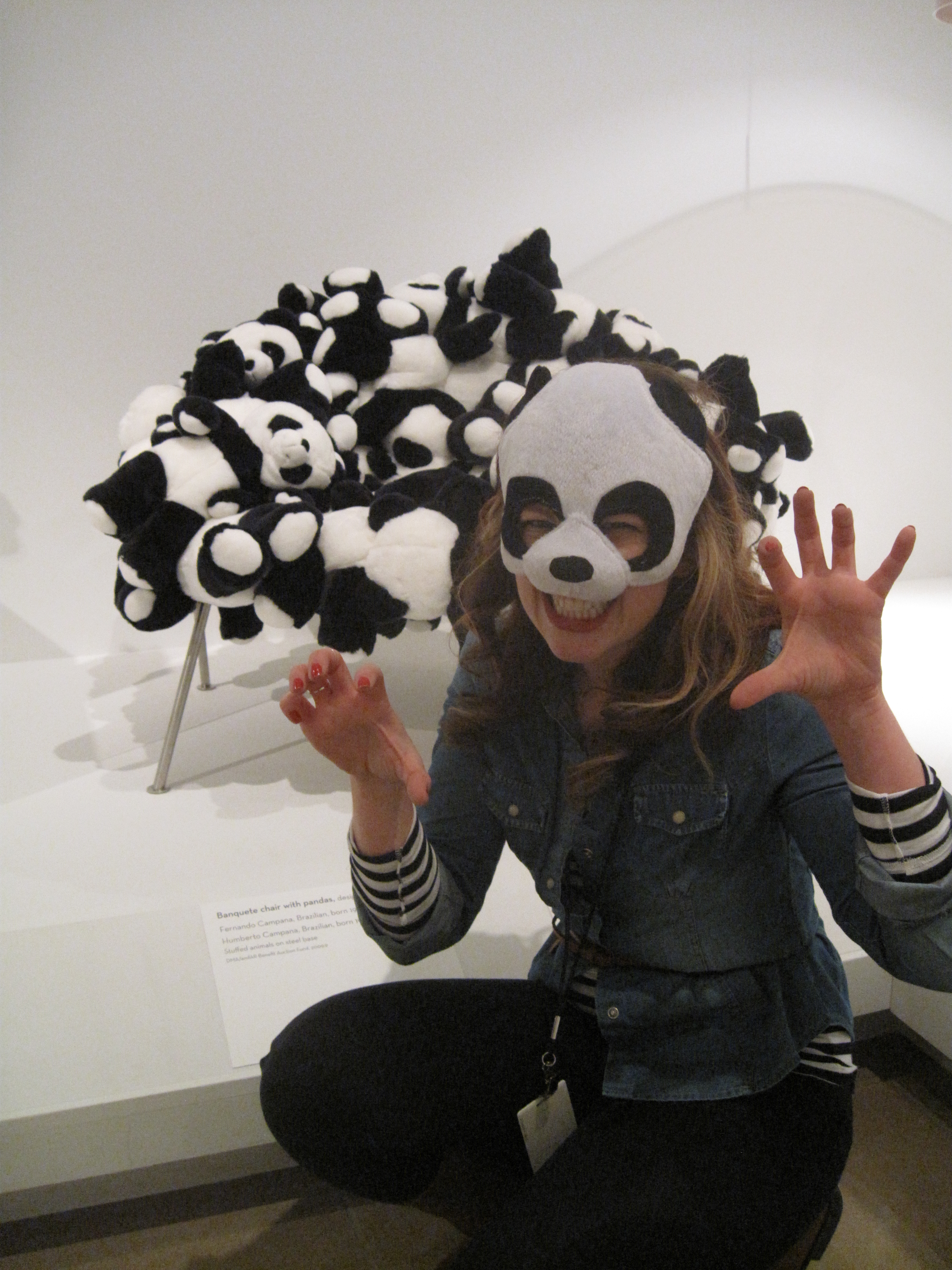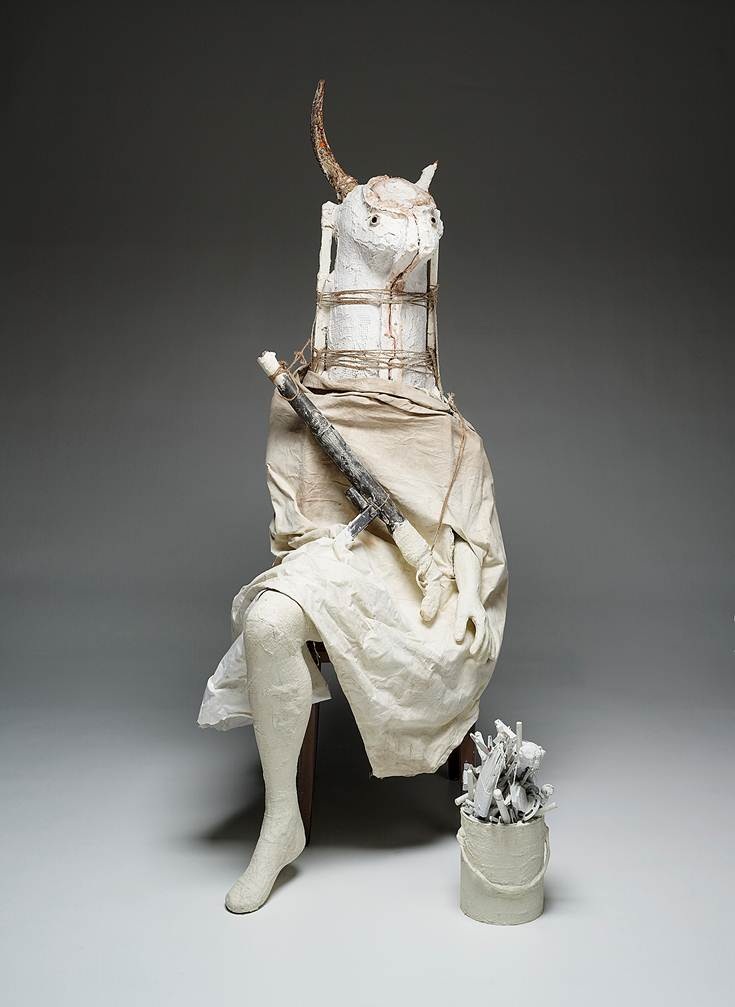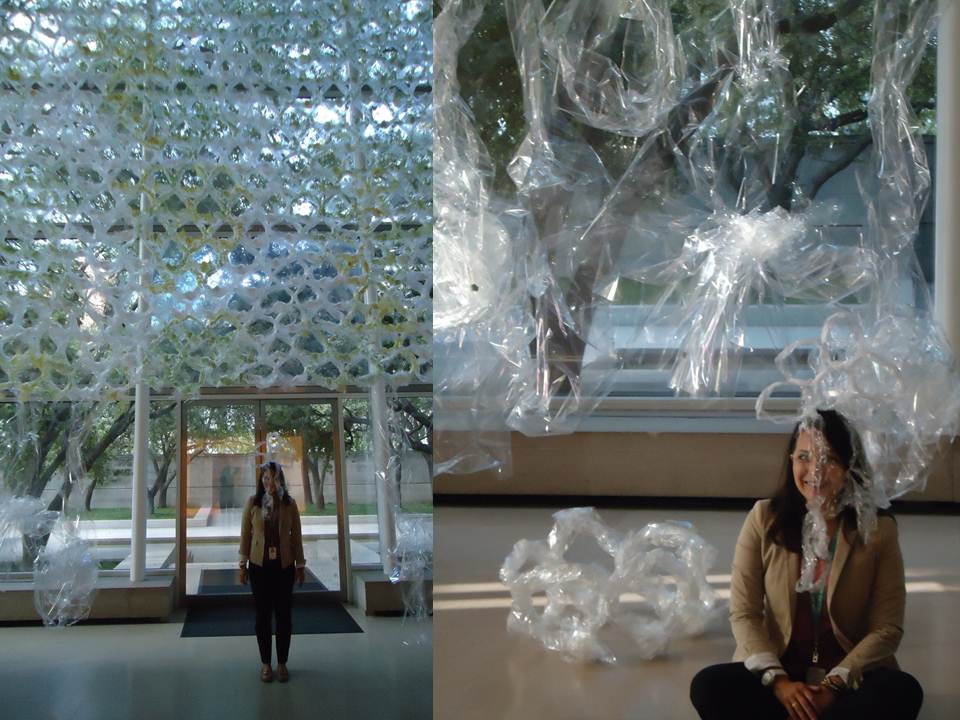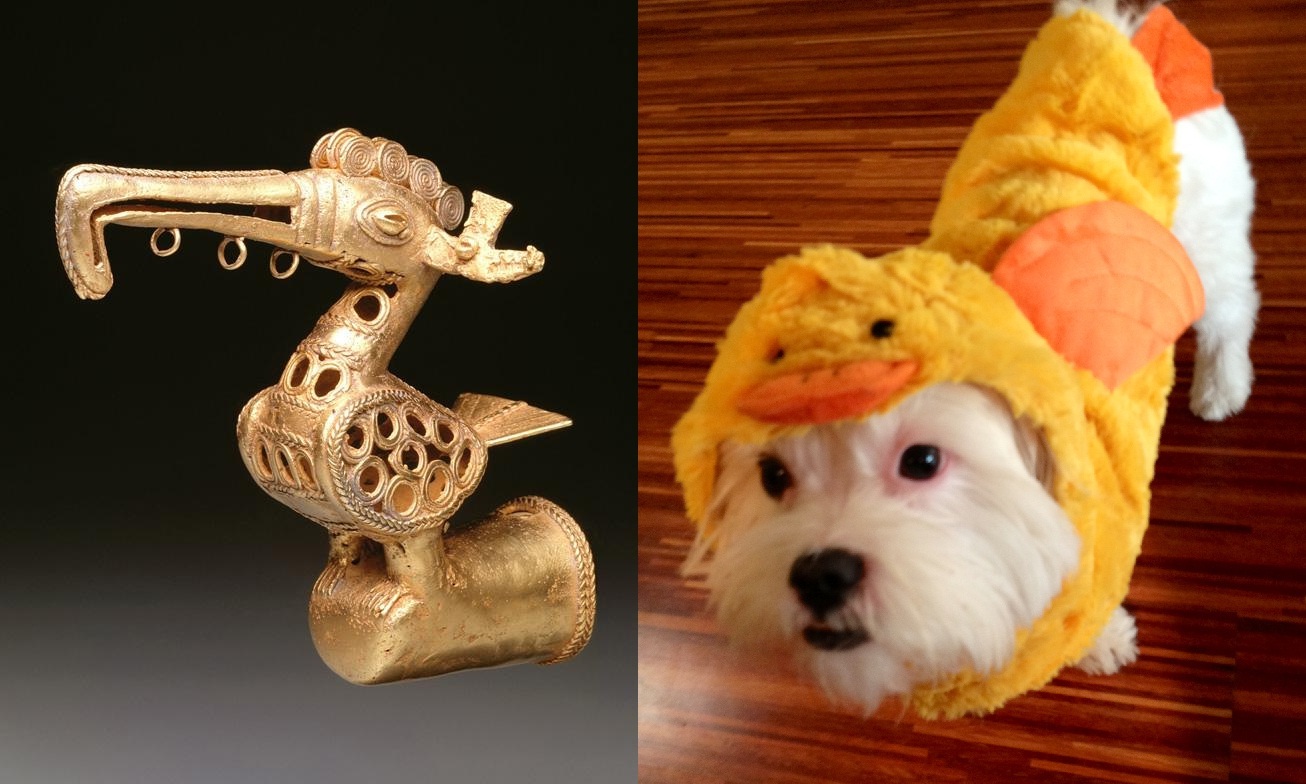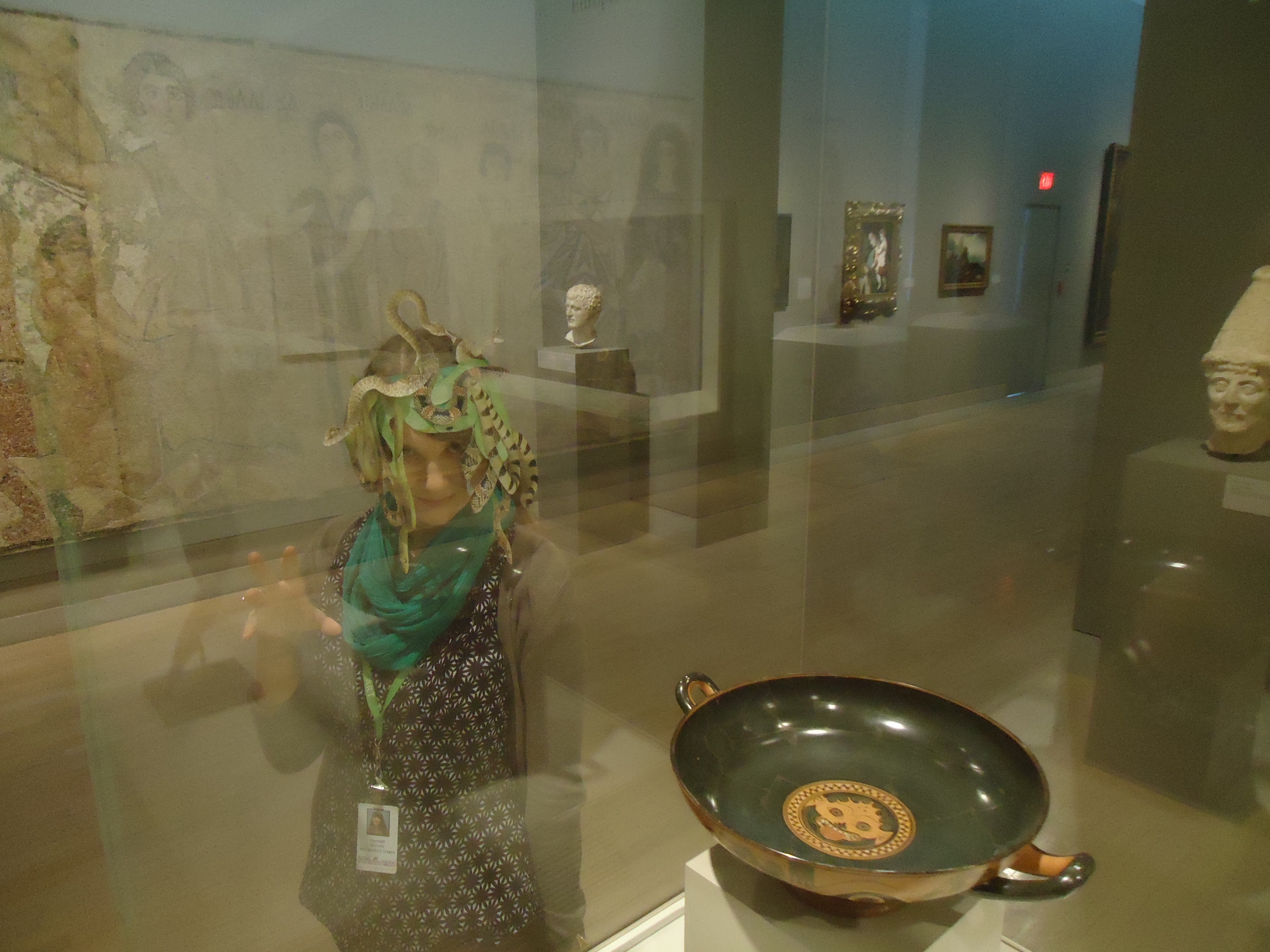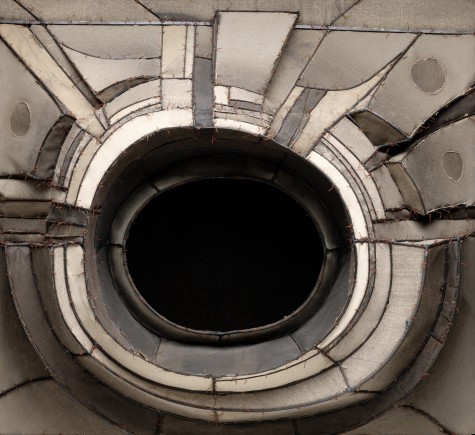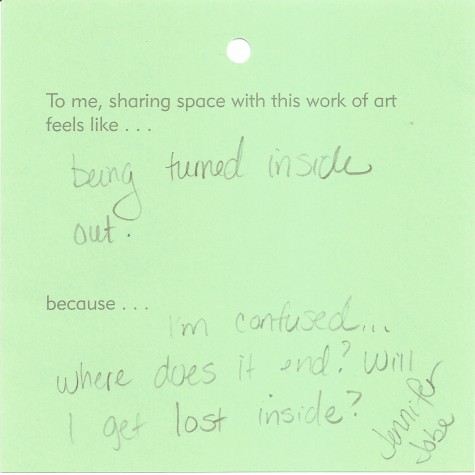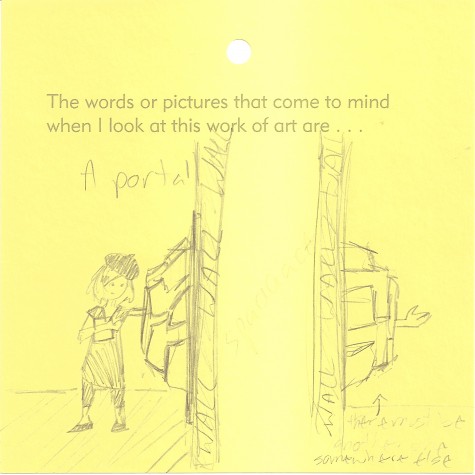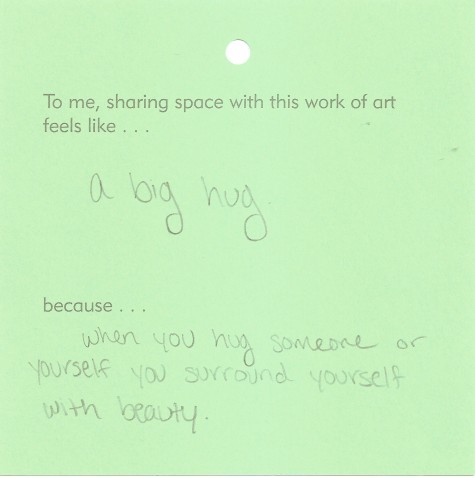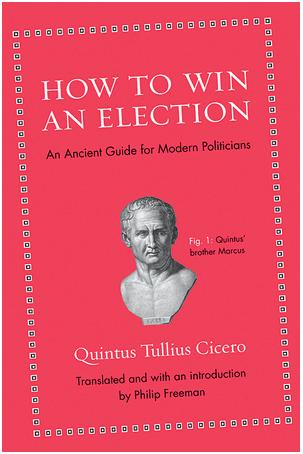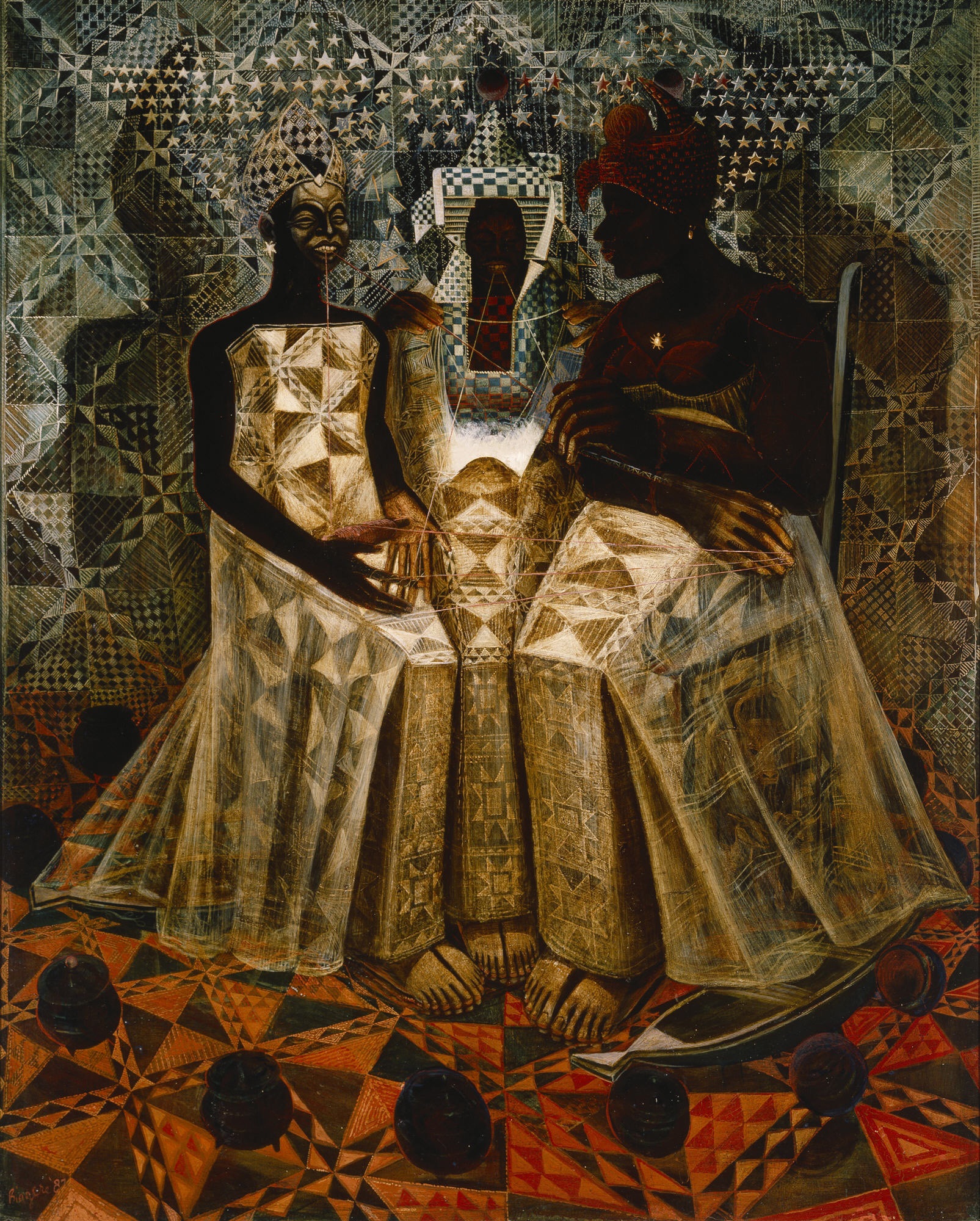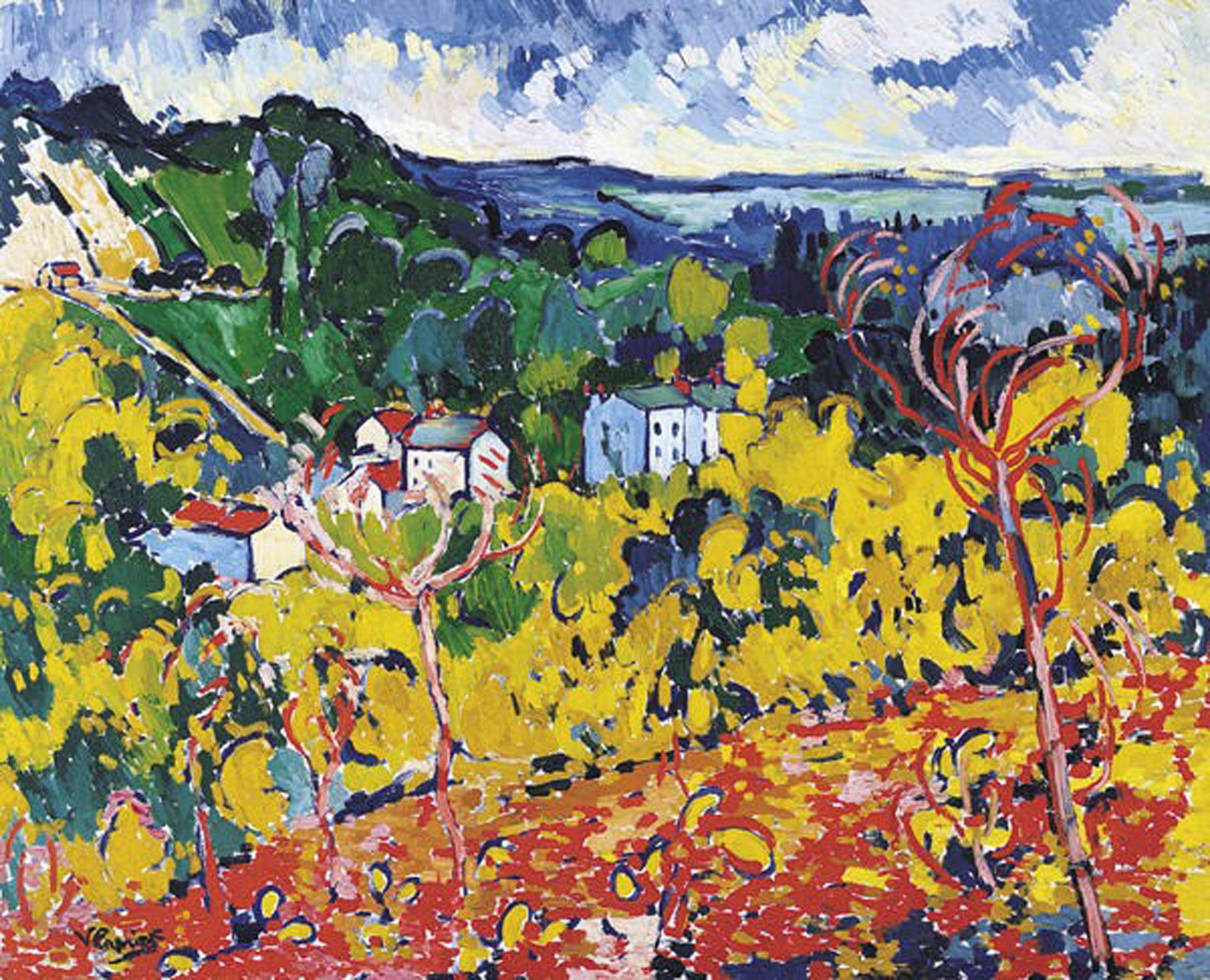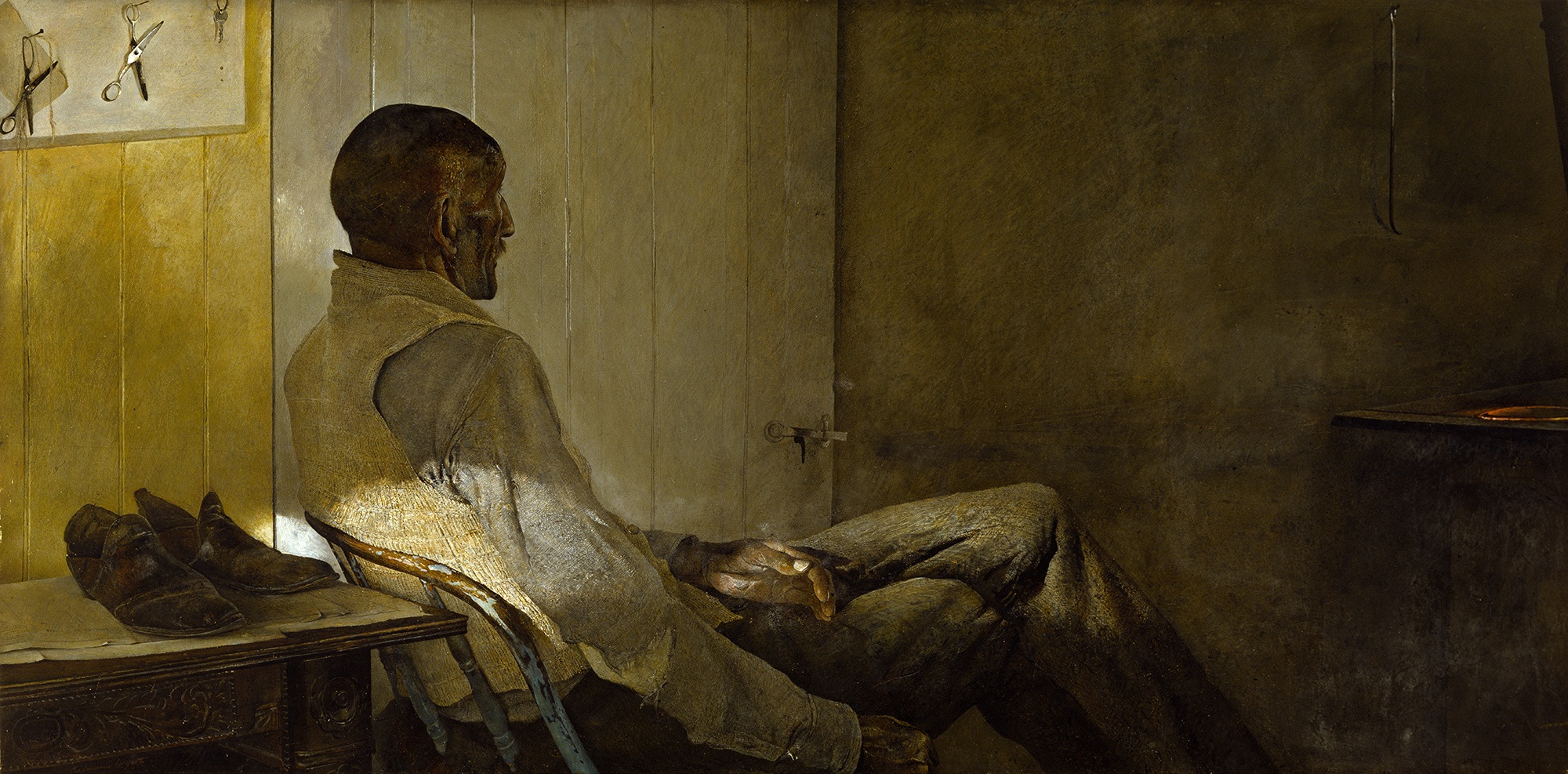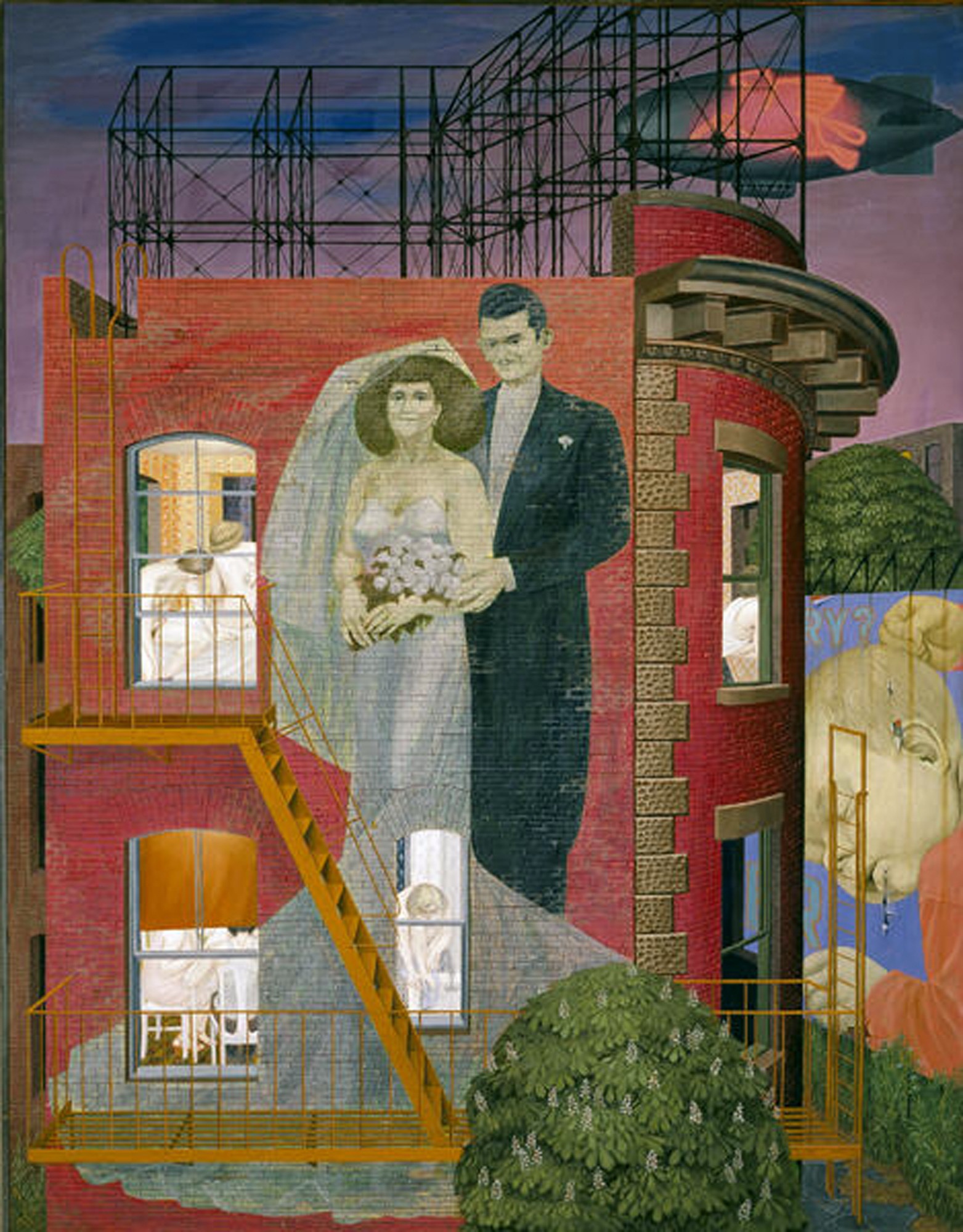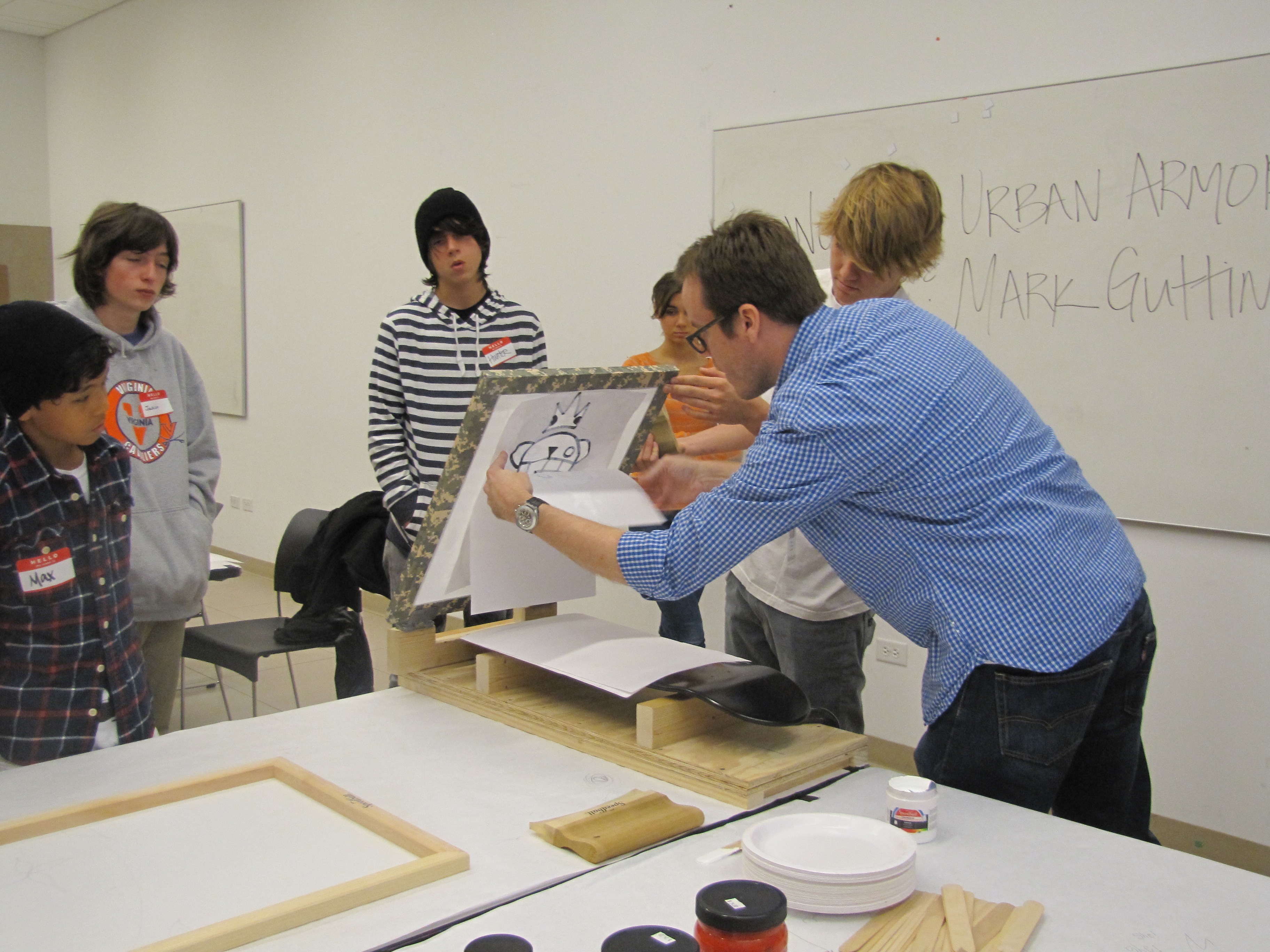
The DMA’s tween/teen program Urban Armor seeks to integrate works of art, rich group discussion, and art making with an over-arching theme of identity so that students can find relevance and practical application to their lives. This exclusive tween/teen program kicked off the new school year with an awesome class, led by art educator and artist Mark Gutting. The workshop emphasized the elements of art and principles of design in our contemporary collection in order to inspire ideas for students to use in their work—their very own skate deck! The students created custom designs, symbols, and logos and were able to screenprint these designs on the back of a skateboard. While working with him, I gained some great insight on who he is as a teacher and a student. Check out my interview with Mr. Gutting below:
What is your background and why did you decide to become a teacher?
Mark Gutting: “Drawing fills my heart with joy. I think it started with a doodle in childhood and has kept growing since. Ten years ago, teaching became a logical direction. Teaching art presents a daily opportunity to share that joy.”
What were you like as a teen?
MG: “I’m sure that I was like any other teen–trying to stand out while fitting in. High school is when I first began to develop a style of my own. The funny thing is, I kept it hidden, like it was some big secret. I didn’t want anyone to steal my style before I fully developed it!”
What about working with our Urban Armor teen group appeals to you?
MG: “The program’s focus on identity. I’m not sure there is a more apt theme to being a teenager. Creativity in any form is a wonderful avenue to discovering one’s identity.”
Is there a difference between teaching students in the museum and in the classroom?
MG: “In my experience, students are students; however, the museum presents a situation that can never be duplicated in the classroom–the gallery walk. To wind through the galleries, sketching a pattern from a textile, a bead from a necklace, a tool mark from a sculpture, and a brush stroke from a painting, is to mainline inspiration.”
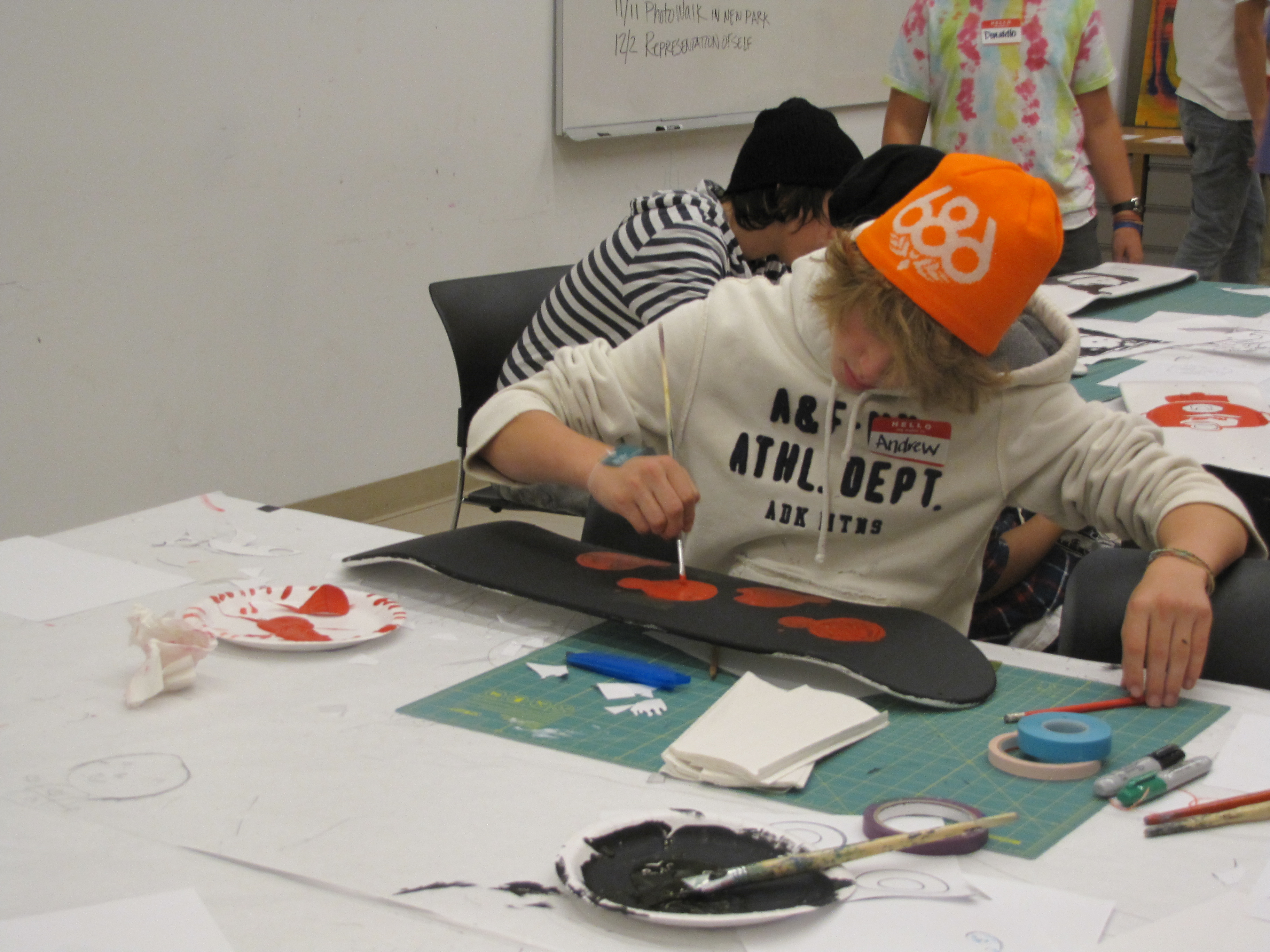
What was the goal of the program on Sunday?
MG: “As an educator, teaching the fundamentals of any subject is vital to building a base of knowledge. Getting students inspired to learn–while having fun–is no easy task. There are a multitude of art fundamentals found in skateboard deck art: line, shape, form, pattern, balance, positive and negative space, spatial organization, an endless list really. I wanted to present the Urban Armor group with a unique project–screen printing a skateboard–while incorporating those fundamental concepts.”
Why skate decks?
MG: “I loved skateboarding as a teen. The movement–the freedom of it–mesmerized me. Since I was never good at skating, the deck art became my focus. I spent many hours drawing my last name into some skull-infested graphics. Back then, the concept of screen printing was future talk–complete science fiction to me. I simply wanted to present the Urban Armor group with an opportunity I never had–to screen print an actual skateboard deck.”
What was your fondest memory of this class?
MG: “Getting to see the Urban Armor group experience the process of printing actual skateboard decks was a joy. Hopefully, some of them will want to build their own screen printing rigs in their parents’ garages and crank out original works of art. Everyone has to start somewhere!”
Why do you like working at the DMA?
MG: “The programs offered to students at the DMA are instilling a deep love for art and creating a new generation of museum patrons. Who knows? Maybe even the next Picasso.”

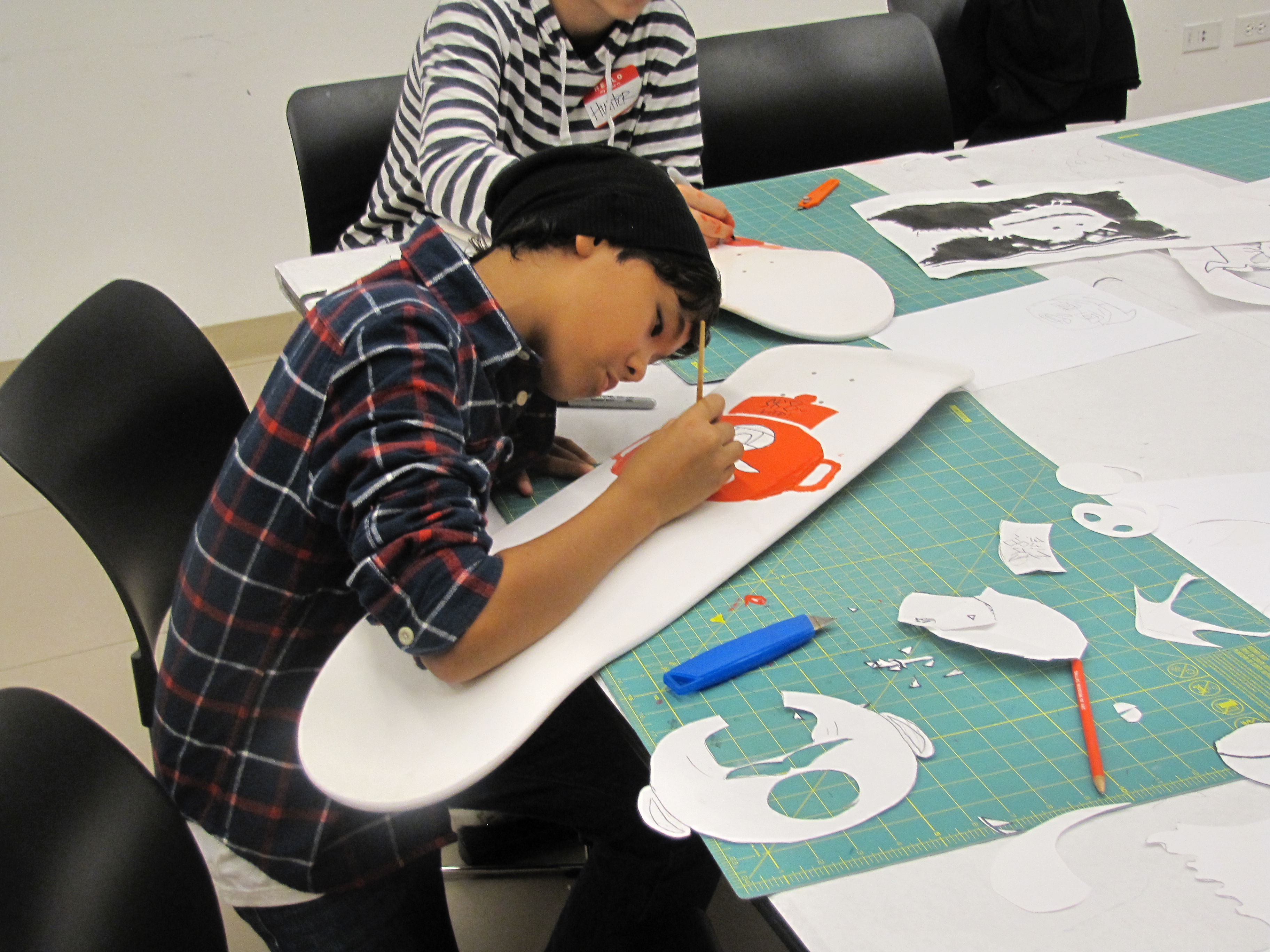
To find out more about Urban Armor and upcoming workshops please visit the website.
Amanda Batson
Program Coordinator for the Center for Creative Connections
